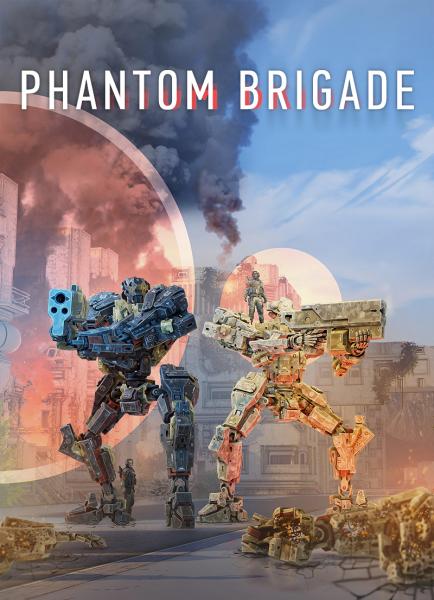
The month of March saw the first arrival of CH-46 Sea Knight helicopters as a replacement for the aging Sikorsky UH-34, when HMM-46 landed at Marble Mountain, deploying from the USS Valley Forge. The Marines continued to refine a novel organizational concept, Combined Action Platoons, which merged a local Vietnamese militia platoon with a Marine infantry squad. These disagreements further hindered the ability of III MAF to conduct effective combat operations.ĭespite these problems, the Marines continued to carry the fight to the enemy with several operations, most notably Operations Utah and Texas in southern I Corps and Operation Prairie in the north of I Corps. The Marines pushed for a small-scale unit pacification program along the populated coastal areas, while the Army leadership in Saigon advocated large unit search and destroy operations against North Vietnamese units. Senior Marine commanders expressed strong disagreement with the conduct of the war by the leadership of the Military Assistance Command, Vietnam. Even with its influx of Marines, a manpower shortage plagued III MAF, compounding an already difficult mission. “Jeff” Fields, arrived from Okinawa to assist in pacifying the southern areas of I Corps. Marine forces in the Republic of Vietnam continued to increase as the remaining units of the 1st Marine Division, commanded by Major General Lewis J. With no end to the war in sight, the prediction of a Vietnamese soothsayer would come true: 1966 would be a year of a “lot of fighting and killing.” An Expanding War 1966 Despite operational successes, pacification in the densely populated areas in the Marine’s AOR remained a difficult process. By the end of the year, Gen Walt commanded 42,000 Marines. The action destroyed one Viet Cong battalion and badly mauled a second.

In August, Marines engaged in their first major offensives against the Viet Cong, Operation Starlite, which included the 7th Marines, the vanguard of the 1st Marine Division. Marines landed at Chu Lai, allowing the 1st Wing to expand to new facilities there and at Marble Mountain, home of Marine Aircraft Group (MAG) 36, while MAG-16 remained at the airbase at Da Nang. By mid-summer, the Marines had moved outside their cantonment at Da Nang and expanded their Area of Responsibility (AOR) to include the Viet Cong infested villages to the south.

Walt arrived to take command of the newly formed III Marine Amphibious Force (MAF), comprising both the 3d Marine Division and the 1st Marine Aircraft Wing (MAW). Government agreed to deploy still more Marines to Vietnam and to permit those at Da Nang to engage in counterinsurgency operations. By the end of March, nearly 5,000 Marines were at Da Nang, including two infantry battalions, two helicopter squadrons and supply and logistics units.

In response, on 8 March 1965, the 9th Marine Expeditionary Brigade (MEB) landed at Da Nang.

Westmoreland, USA, Commander, US Military Assistance Command, Vietnam, requested two Marine battalions to protect the key airbase at Da Nang from increasing threat by the Viet Cong to U.S. A crucial turning point had been reached and 1965 brought about a major escalation in Marine combat activities in Vietnam. The end of 1964 brought an end to the advisory and assistance phase of the Vietnam War. Gray Jr., arrived to collect signals intelligence, thereby becoming the first Marine ground unit to arrive in the country.įollowing the Gulf of Tonkin incident in August 1964, the Marine Corps commitment to Southeast Asia expanded further. In the spring of 1964, Marine Detachment, Advisory Team One, commanded by Major Alfred M. This began to change in mid-April 1962 when Marine Medium Helicopter Squadron 362 (HMM-362), commanded by Lieutenant Colonel Archie Clapp, deployed to South Vietnam to provide combat service support for the fledgling South Vietnamese army. For the next eight years, Marine activities in Vietnam consisted mainly of advisory and staff responsibilities. Croizat as a liaison officer with the newly established United States Military Assistance and Advisory Group to the Republic of Vietnam. Marines in Vietnam: 1954-1975 The Advisory and Combat Assistance Era 1954-1964įor the United States Marine Corps, involvement in the nation’s longest war began on 2 August 1954 with the arrival of Lieutenant Colonel Victor J.


 0 kommentar(er)
0 kommentar(er)
